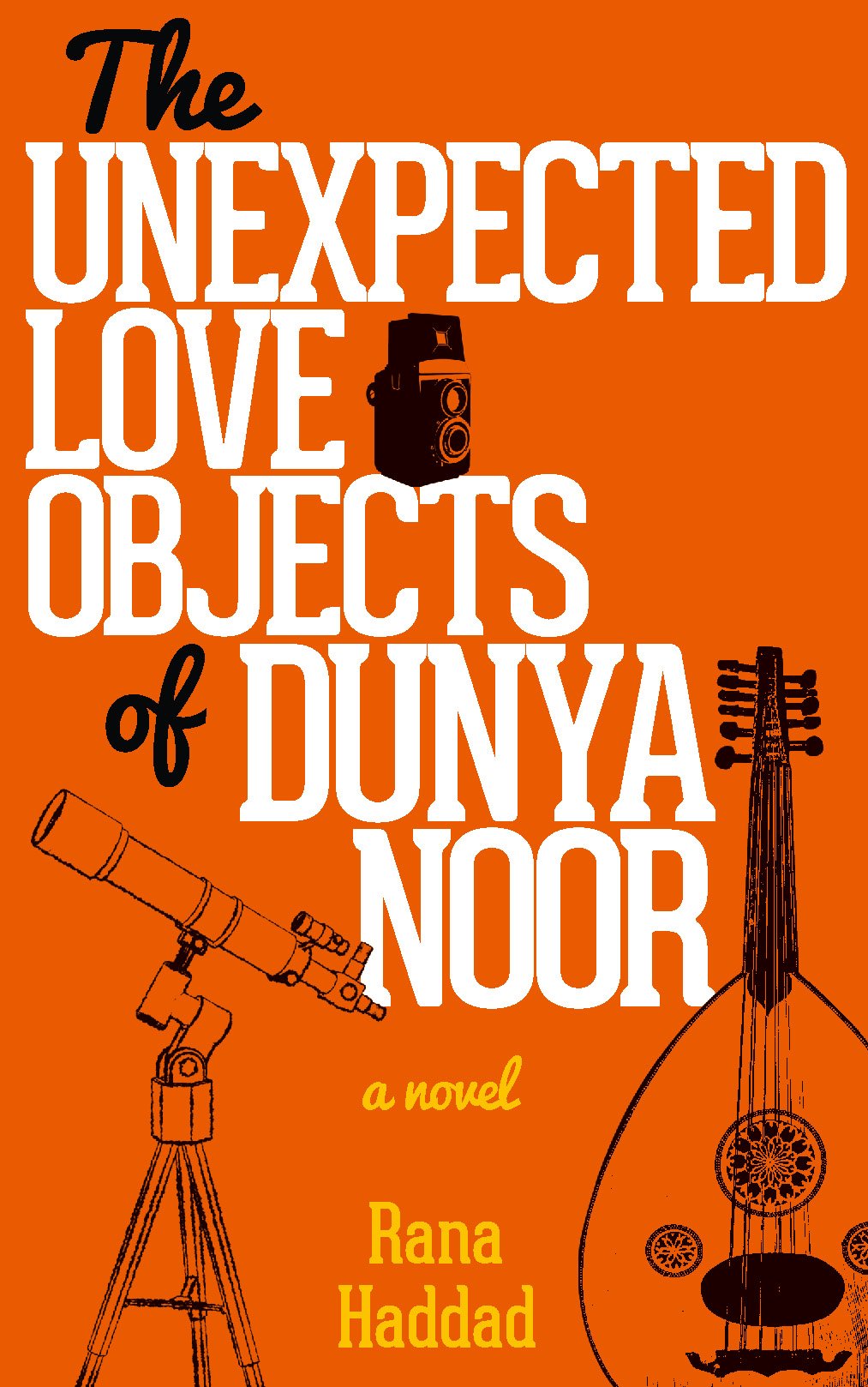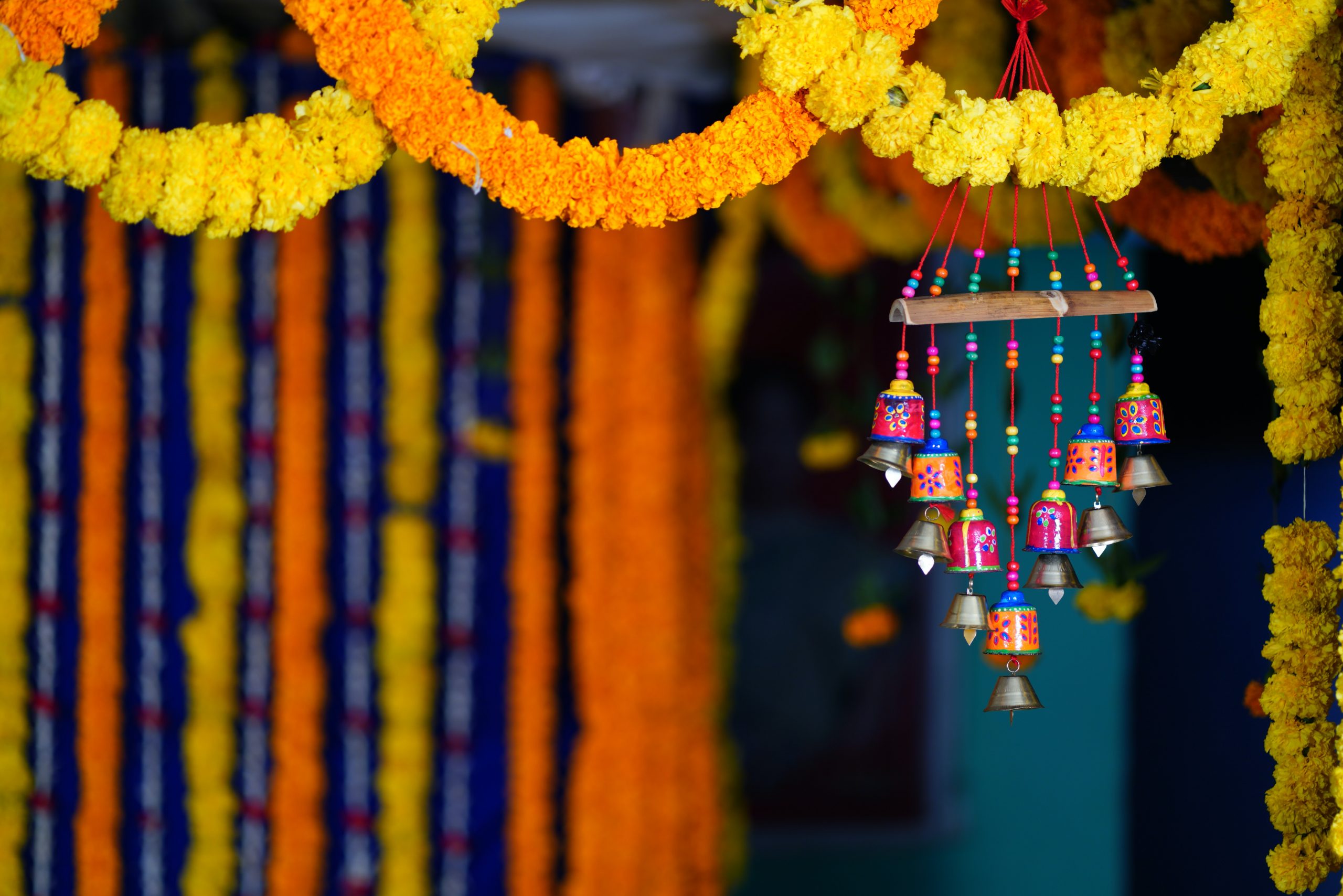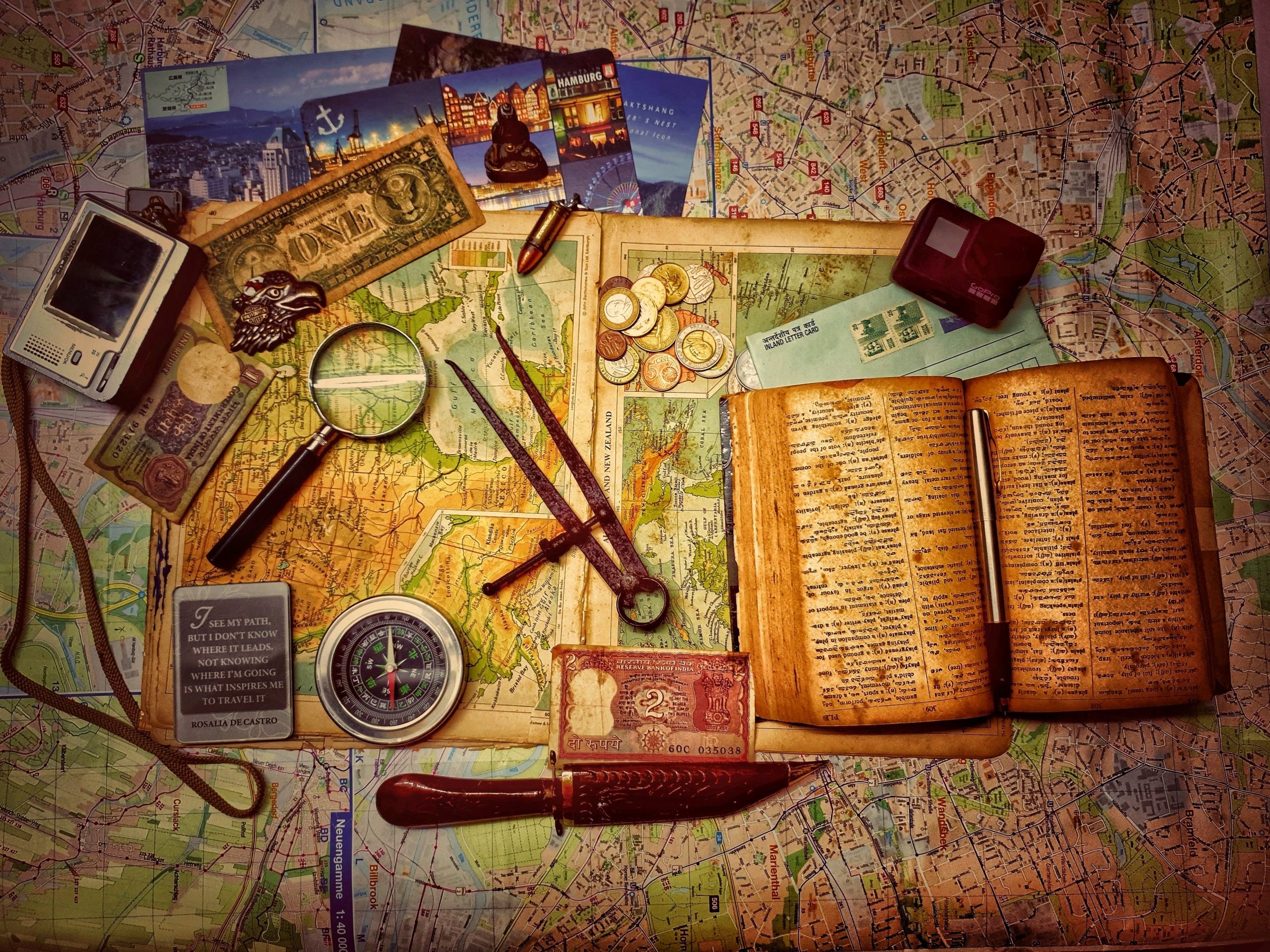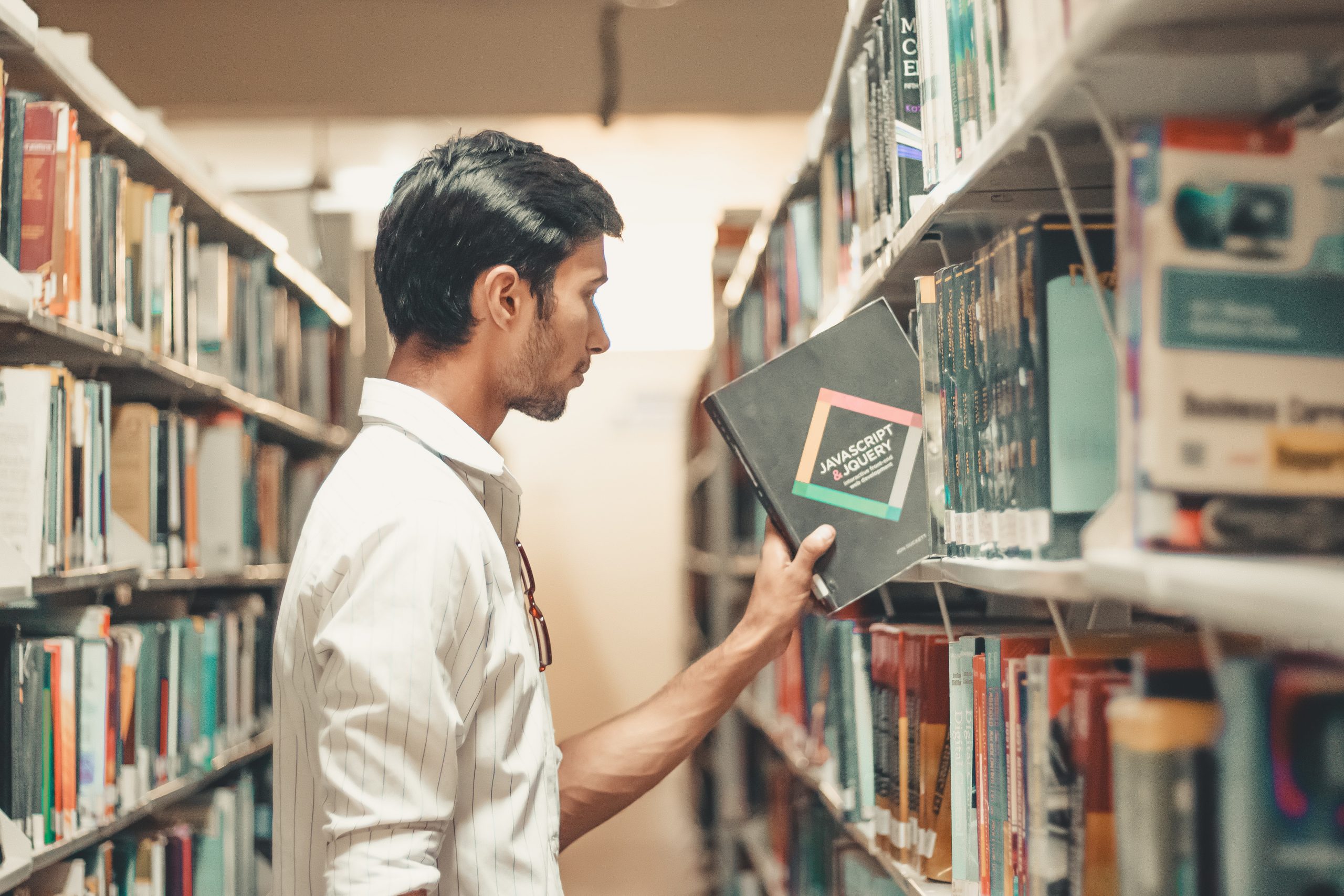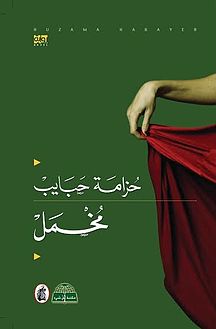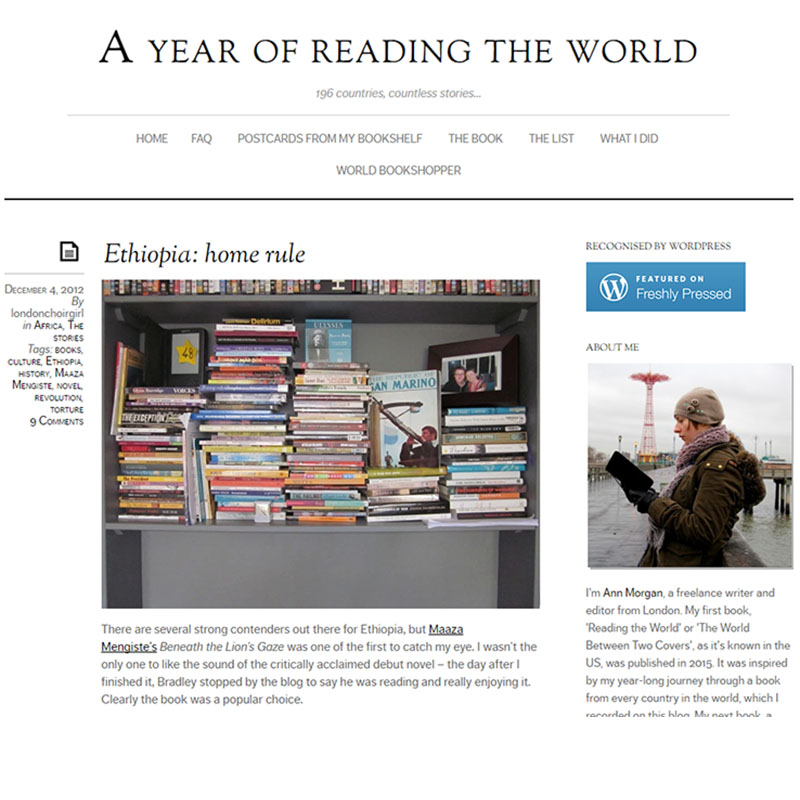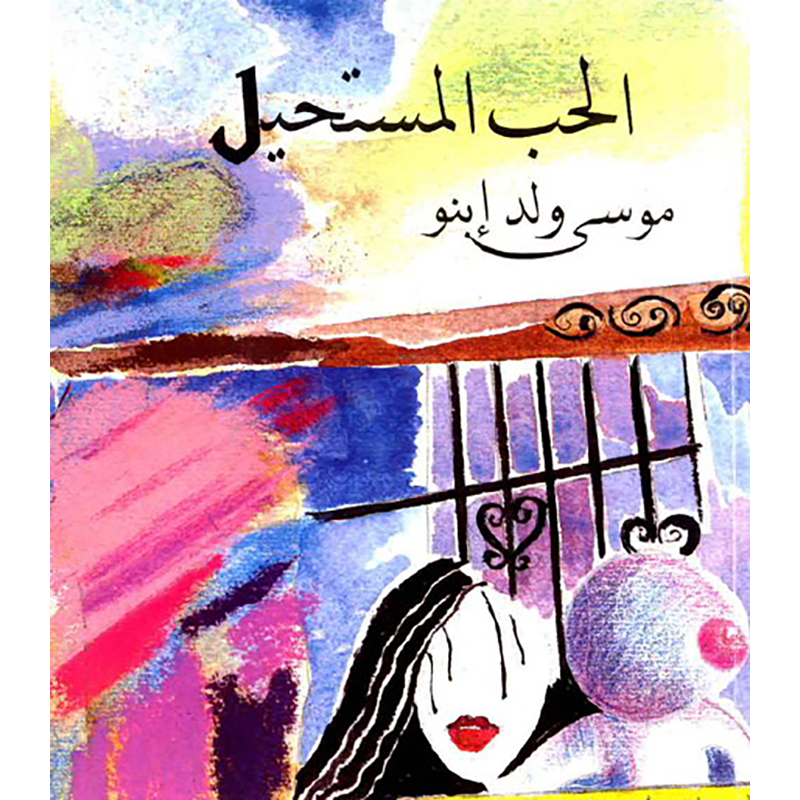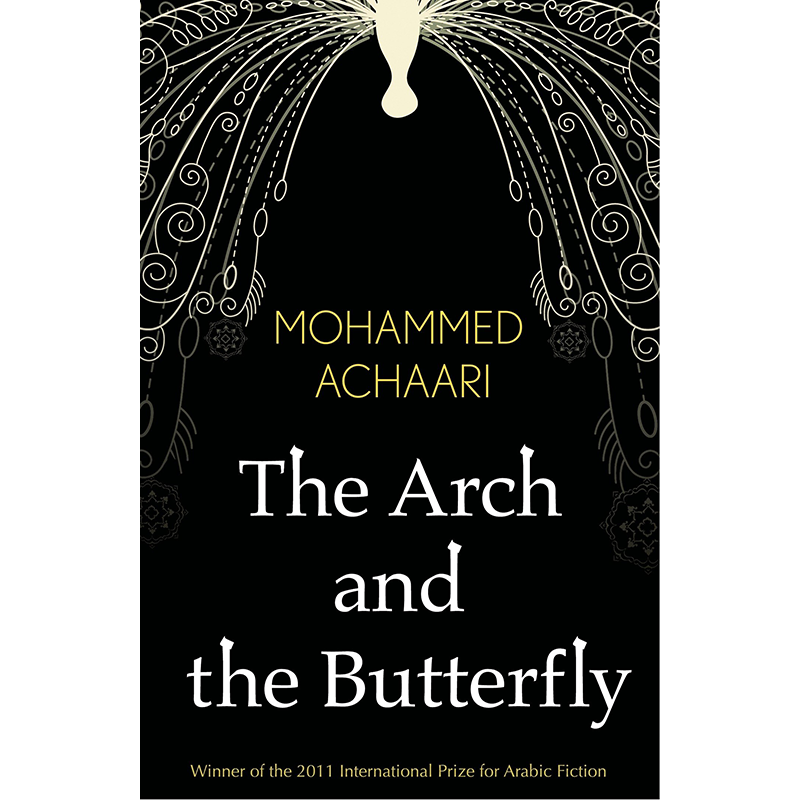.
MULOSIGE’s Readings from the Maghreb seek to display the linguistic and cultural plurality and heterogeneity of the Maghreb; perceiving the Maghreb as being in constant dialogue with these two regions as well as other adjacent regions, particularly Muslim West Africa (‘The Islamic West’ as it is often referred to). The Maghreb has been studied either as an extension of the Arabic Middle East, following a colonial modality that presumes the region follows in the footsteps of the Mashreq’s intellectual and cultural history (while always trailing ‘behind’), or as the periphery which passively received and imitated the ‘centre’ i.e. colonial powers’ cultural and literary genres, theories and models. Although the Maghreb has strong links and affiliations with both contexts, the region’s own historical and cultural particularity and ethno-linguistic diversity, as well as its geographical location at the crossroads of Africa, the Middle East, the Iberian peninsula, Europe and the Mediterranean basin demand an approach that can offer an understanding of the cultural forms and patterns of circulation that emerge in literary and cultural exchanges unmediated by the Mashreq and Europe.
The linguistic and cultural diversity of the Maghreb and the politics of language and culture remain largely understudied. This multilingual region includes vernacular languages such as Darija (spoken Maghrebi dialects), Tamazight (the language of the indigenous population of the Maghreb) Judeo-Arabic, Judeo-Berber, and Judeo-Spanish which have cohabited with Fusha (standard Arabic used in print culture, media, and religious affairs, i.e. the modernised form of classical or Qur’anic Arabic). These languages have all shaped the oral and written cultures of the Maghreb. MULOSIGE aims to study the Maghreb as a pluralistic geo-political space, a conceptual constellation marked by a long history of multilingualism that calls for a new understanding of the cultural forms and patterns of circulation that have emerged in the region and its wider significant geographies from well before the arrival of the colonial powers, as well as during and after the colonial period.
Morocco’s International Book Fair Emphasises Literary Exchange Across Africa
Morocco hosted the 23rd Annual Casablanca International Book Fair, featuring over 350 live exhibitors and spanning a ten-day period. Any book fan would be lost for hours among the maze of stands and rows upon rows of bookshelves.
Why do we read so few translations?
Statistics show that only between 3 - 5% of literary books published in the UK are translations. Ann Morgan in A Year of Reading the World writes about the difficulty in finding out about and getting hold of translations, even in the age of global publishing.
Al-hubb Al-mustaheel / L’amour impossible: Love in a Time of Artificial Wombs
Most Mauritanian fiction seems almost obsessively ethnographic but Moussa Ould Ibno breaks away from this trend and uses Science Fiction to comment on ethical questions of reproductive technology and love.
The Arch and The Butterfly by Mohammed Achaari
The Arch and the Butterfly represents a fine example of the maturity of the contemporary Moroccan novel, both in its aesthetics and its politics. It is a beautifully written novel that was recognised for the mastery of its craft in 2011 when it was awarded the International Arabic Booker Prize.


